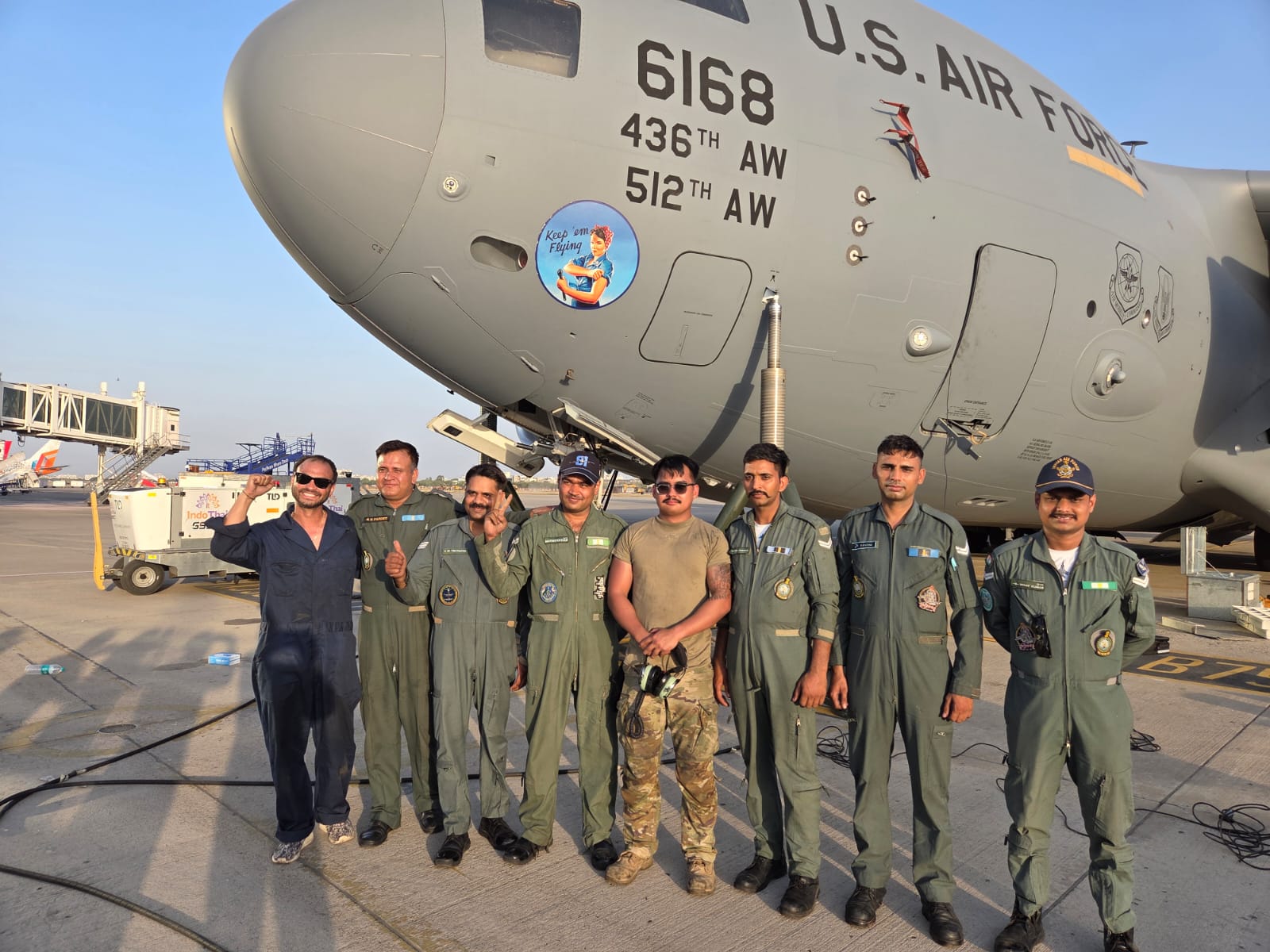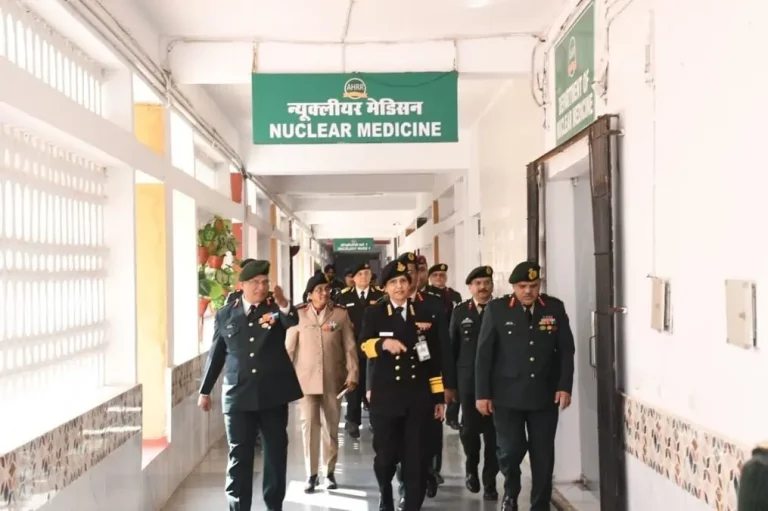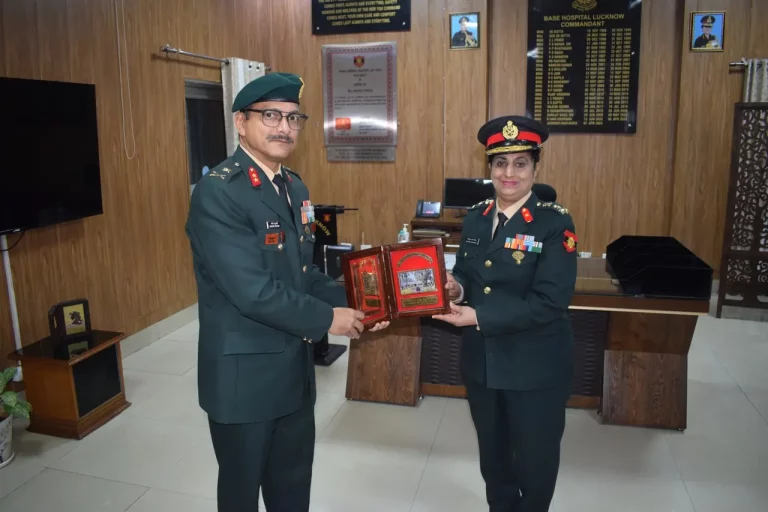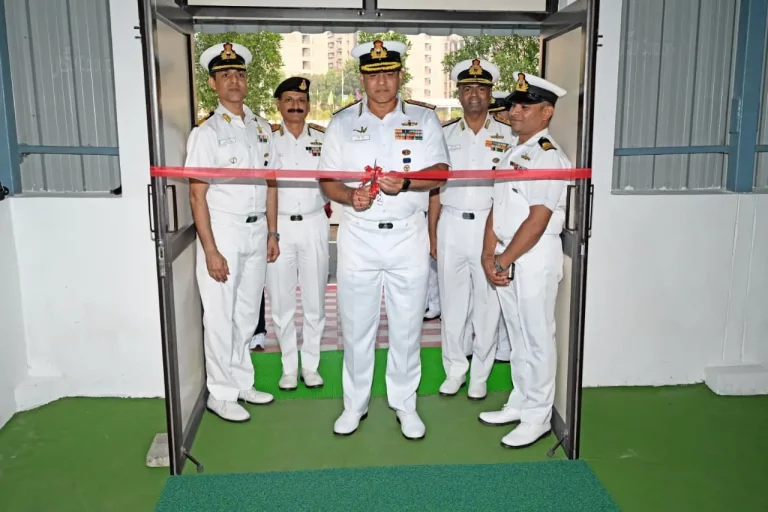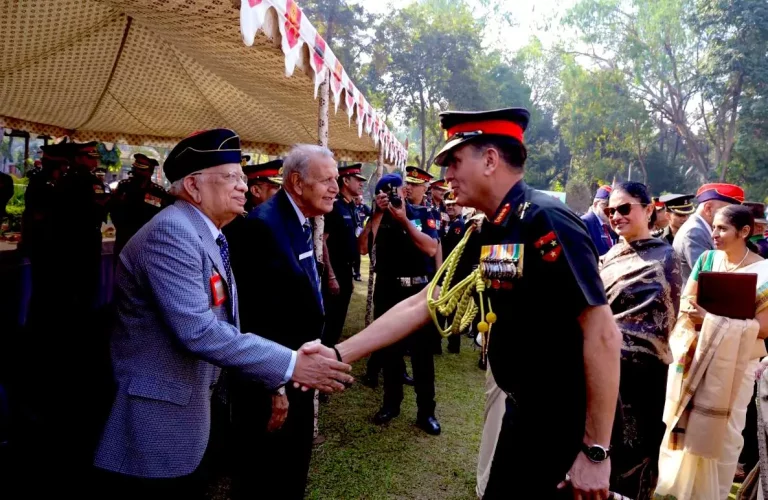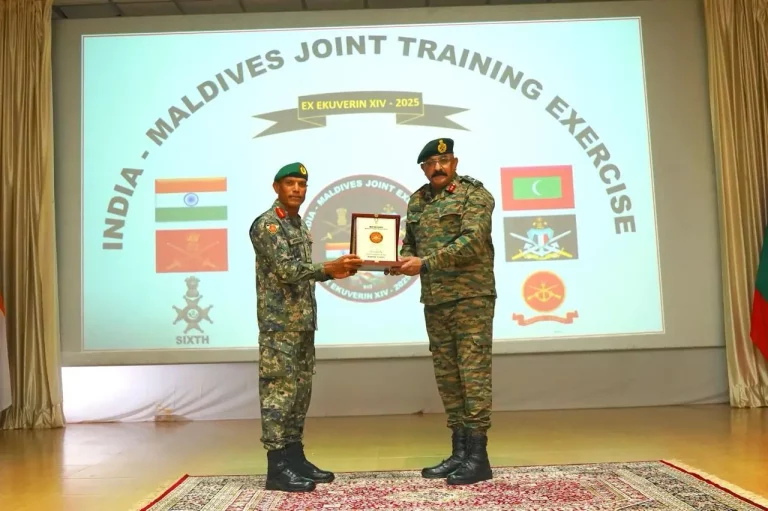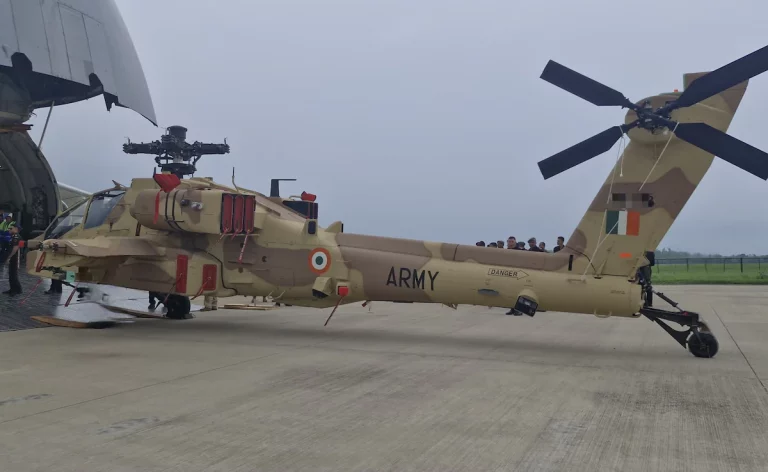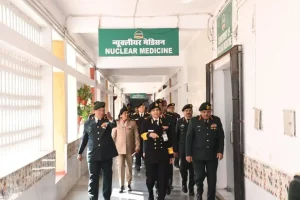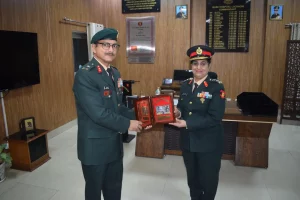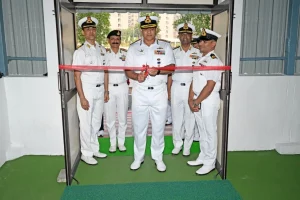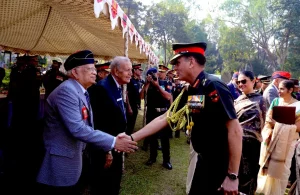In a significant showcase of international defense collaboration, the Indian Air Force (IAF) and the United States Air Force (USAF) effectively addressed a technical issue concerning a USAF C-17 Globemaster III at the Jaipur air base. The joint operation took place on Saturday, marking not only a successful resolution of the aircraft’s mechanical problem but also illustrating the strengthening strategic partnership and trust between the two militaries.
The C-17 Globemaster III, which is a key military transport aircraft designed by Boeing, faced a technical malfunction shortly after its landing in Jaipur during a scheduled mission. The Indian Air Force quickly mobilized a team of technical experts to assist the visiting U.S. crew in diagnosing and rectifying the issue. This collaborative effort included detailed diagnostics, repair coordination, and the swift deployment of essential maintenance equipment, all conducted within the framework of established bilateral defense protocols.
This incident exemplifies the seamless cooperation between the two air forces, a result of years spent enhancing military collaboration and technical understanding. The ability to jointly resolve such challenges underlines the operational readiness and interoperability that both nations have cultivated through extensive joint training programs, liaison officer exchanges, and defense logistics agreements.
The C-17 aircraft plays a critical role in the strategic airlift capabilities of both nations. Its versatile design allows it to transport troops, heavy cargo, and vehicles across vast distances, while also being adept for airdrop missions, humanitarian assistance, and disaster response operations. The Indian Air Force operates a fleet of 11 C-17s through its No. 81 Squadron, known as the Skylords, stationed at Hindon Air Force Station near Delhi. Since their induction starting in 2010 via the U.S. Foreign Military Sales (FMS) program, these aircraft have been vital to India’s high-altitude missions in regions like Leh and Ladakh, as well as facilitating international evacuations and support operations in crisis-affected countries such as Nepal, Tajikistan, Yemen, and Rwanda.
The United States has long viewed India as a crucial partner in the Indo-Pacific region, and such operational collaborations serve as indicators of the maturity of their bilateral defense relationship. The sale of an additional C-17 to India in 2017, in conjunction with ongoing high-level interactions and participation in multilateral exercises like Yudh Abhyas and Cope India, further solidifies the connection between the armed forces of both nations.
Defense officials from both India and the U.S. have lauded the Jaipur operation as an exemplary instance of the strength and reliability inherent in Indo-U.S. military cooperation. They emphasized that beyond the technical aspects, such joint efforts foster trust, enhance mutual understanding, and ensure that both air forces are well-equipped to respond rapidly to strategic and humanitarian needs across the region.
The successful resolution of the C-17’s technical issue highlights the tangible benefits of defense interoperability, reinforcing the broader goals of maintaining peace, stability, and readiness in the Indo-Pacific. As both countries continue to align their strategic objectives and expand their defense collaborations, operations like this serve as foundational elements for a robust and responsive military partnership.
